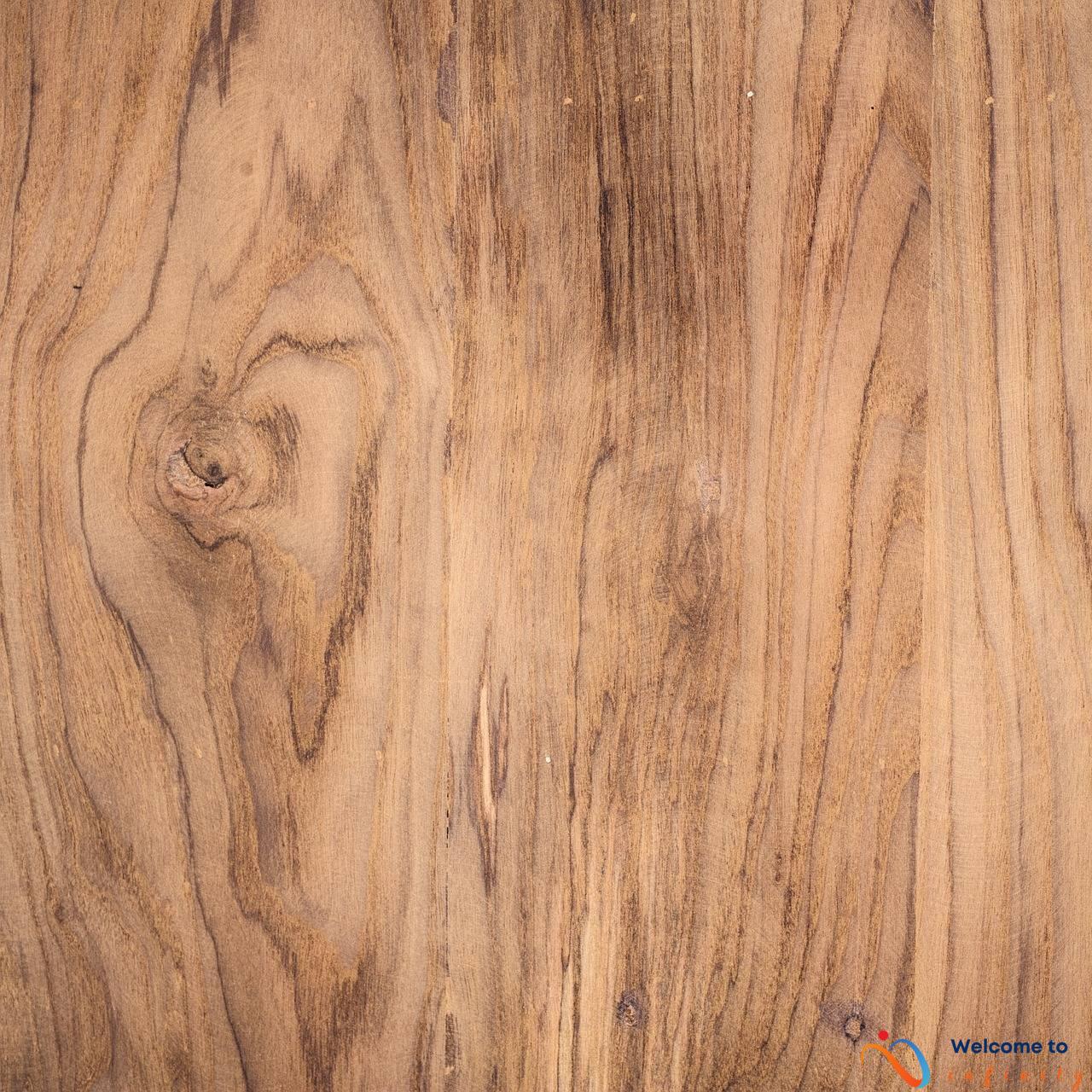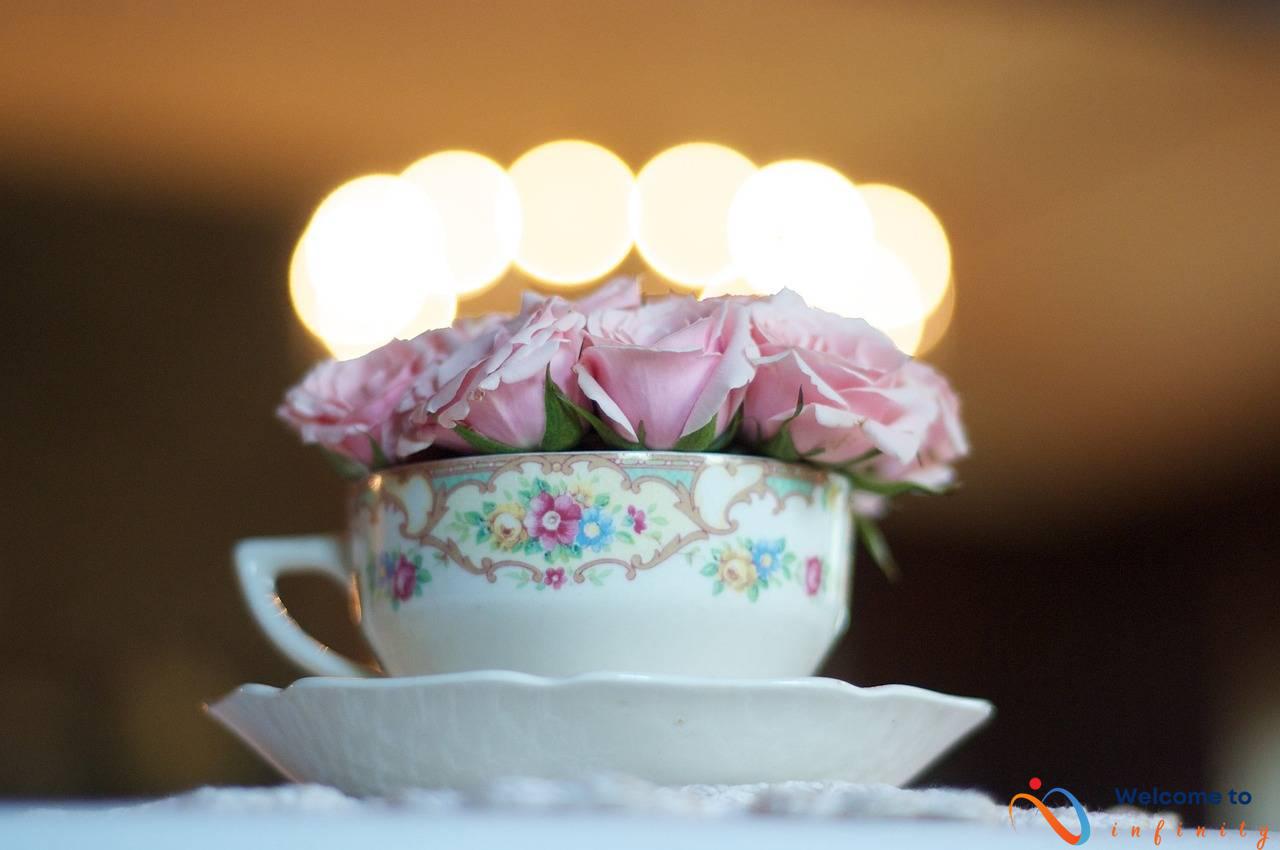If you're looking to transform your patio into an outdoor oasis, you've come to the right place. With these design tips, you can elevate your space and make it stand out. It's time to take your patio from drab to fab and create an outdoor oasis that you'll love spending time in.
One of the best ways to make your patio stand out is by defining your space. Create zones in your patio to maximize the use of your outdoor area, such as a lounge area, dining area, and bar area. This will not only make your space more functional but also make it feel larger. You can create these zones using outdoor rugs, furniture, and decorative accents.
When it comes to choosing the right furniture for your patio, comfort is key. Select outdoor furniture that is comfortable and fits your design style, such as a sectional sofa with colorful cushions or a classic wooden dining set. Make sure to also pick furniture that fits your space, so be sure to measure your patio area to ensure your furniture fits comfortably without overcrowding the space. To make your patio even cozier, add outdoor rugs, throw pillows, and blankets to create a warm and inviting atmosphere.
- Pick furniture that is comfortable and fits your design style.
- Measure your patio area to ensure your furniture fits comfortably without overcrowding the space.
- Add outdoor rugs, throw pillows, and blankets to create a warm and inviting atmosphere.
Adding greenery to your patio is another great way to enhance its appeal. Incorporate potted plants, hanging baskets, and planter boxes to add color and texture to your patio, as well as provide privacy. It's important to consider your climate when choosing plants, so select ones that thrive in your climate and require minimal maintenance, such as succulents or herbs. Lastly, don't forget about lighting to create ambiance and extend the use of your patio into the evening. Add string lights, lanterns, or pathway lights to create a cozy and inviting atmosphere.
Follow these design tips to make your patio stand out and transform into an outdoor oasis. Incorporate water features for a peaceful and serene atmosphere, and don't forget about shade to protect you from the sun's rays. Remember to choose the right material when installing a pergola, patio umbrella, or retractable awning that can withstand various weather elements.
1. Define Your Space
Do you have a large and empty patio that needs a little bit of love? Start by defining the space to maximize its use. Instead of having a single area that serves multiple purposes, create zones for different activities. Consider a lounge area with comfortable chairs or a sectional sofa for relaxing, a dining area with a table and chairs for meals, and a bar area with a small countertop and stools for drinks and snacks.
When creating zones, keep in mind the flow of traffic and ensure there is enough space for people to move around. If your patio is small, consider using folding furniture that can be easily stored when not in use. You can also create more space by using vertical elements such as hanging plants, shelves, and wall décor.
Another way to define your space is by using outdoor rugs, which can help break up larger areas and add color and texture to your patio. Be sure to choose a rug that can withstand the elements, such as a synthetic material that is fade-resistant and easy to clean.
- Create separate zones for different activities such as lounging, dining, and bar area
- Consider using folding furniture to save space
- Use vertical elements such as hanging plants and wall décor
- Add outdoor rugs to break up larger areas and add color and texture
2. Choose the Right Furniture
Outdoor furniture is essential for making your patio a comfortable and functional space. When choosing furniture, it's important to consider both design and comfort. Select pieces that reflect your personal style and make you feel relaxed and at home while enjoying your outdoor oasis.
If you have a large patio, consider a sectional sofa as a centerpiece for your lounge area. Cushions with bright, bold colors can add a pop of fun to your design, while soft, comfortable fabrics provide a cozy feel. For a classic look, opt for a wooden dining set featuring a sturdy table and comfortable chairs that are perfect for alfresco dinners with friends and family.
Before purchasing outdoor furniture, make sure to measure your patio area to ensure everything fits comfortably without overcrowding the space. Remember to include cozy accents like outdoor rugs, throw pillows, and blankets, which will help create a warm and inviting atmosphere.
Outdoor furniture is an investment, so choose pieces that are durable and can withstand the elements. Materials like teak, metal, and resin wicker are weather-resistant and can last for years with proper care and maintenance.
If you have a smaller patio, consider multifunctional furniture like a storage bench that can double as seating, or a bistro table and chairs for intimate dining. Whatever your style and needs, there are plenty of options to choose from that will make your patio stand out and feel like an extension of your home.
2.1 Pick the Right Size
When choosing the right outdoor furniture for your patio, size is an important factor to consider. You want your furniture to fit comfortably without overcrowding the space. Before purchasing any furniture, start by measuring your patio area. Take into consideration any features like trees, gardens, or water features that could affect the furniture layout.
- Start by looking at the largest pieces of furniture you plan on adding to your patio, such as a dining table or outdoor sofa.
- Make sure to leave enough space around these larger pieces to allow for easy movement and flow.
- If you plan on having multiple seating areas, consider using smaller pieces of furniture, like a couple of chairs and a side table instead of a large sectional sofa.
- Don't forget to take into account the space needed for any additional accents, like plants or outdoor rugs.
By measuring your patio area and selecting the right sized furniture, you can create a comfortable and functional outdoor space that will be perfect for entertaining guests or relaxing with family and friends.
2.2 Add Cozy Accents
To make your patio feel more inviting and cozy, consider adding a few accents that will introduce warmth and texture to your outdoor space. Outdoor rugs are a great way to create a defined seating or dining area, and add a pop of color or pattern to the patio. Look for rugs made from durable materials such as polypropylene that can withstand rain, sun, and wind.
Throw pillows and blankets can also add a touch of comfort and coziness to your patio. Opt for pillows with weather-resistant covers, and choose colors and patterns that complement your design style. Layering blankets over your outdoor furniture can also keep you and your guests warm on chilly evenings.
If you have a fire pit or fireplace on your patio, consider adding outdoor poufs or stools for additional seating. These cozy accents not only provide extra seating, but can also double as footrests.
Create a welcoming atmosphere by incorporating lanterns or candles into your patio design. These outdoor accents not only provide light in the evening, but also add a cozy and intimate feel to your outdoor space. Consider grouping different sizes and styles of lanterns together to create a focal point or scatter them around the patio for a romantic ambiance.
To keep your cozy accents looking their best, periodically clean and store them indoors during periods of inclement weather. With these design tips, your patio will become an outdoor oasis that exudes warmth and comfort for all of your guests to enjoy.
3. Add Greenery
If you want to bring life to your patio, adding some greenery is a great way to do so. You can incorporate potted plants, hanging baskets, and planter boxes to add color and texture to your space. Not to mention, plants are known for their ability to improve air quality and reduce stress levels. Here are some ideas for adding greenery to your patio:
- Choose plants that fit your climate: When selecting plants, it's essential to consider the amount of sun and shade your patio receives. Some plants thrive in direct sunlight, while others prefer a shady environment. Research the types of plants that are suitable for your area and care for them accordingly.
- Consider the size of your space: Make sure you choose plants that will fit comfortably in your patio without overcrowding the area. If you have limited space, you might consider vertical gardening, which involves using planters that can be attached to walls or fences.
- Add privacy with taller plants: If you want to add some privacy to your patio, consider using taller plants, such as bamboo, shrubs, or small trees. These will not only add privacy but also create a natural barrier between your patio and any nearby neighbors.
- Use planters creatively: You can use planters to create a variety of different looks in your patio. For example, you might use some large, decorative pots to anchor a seating area, or you could use smaller pots to scatter plants throughout your patio.
Adding greenery is one of the easiest and most cost-effective ways to elevate your patio and create a relaxing, inviting atmosphere. Whether you choose large potted plants or a variety of smaller ones, adding greenery will undoubtedly make your patio stand out.
3.1 Consider Your Climate
When selecting plants to incorporate into your patio design, it's important to consider your climate and the level of maintenance required. Choosing plants that are well-suited to your area will ensure that they thrive and continue to add color and texture to your space.
One option for low-maintenance plants is succulents. These plants require little water and can adapt to various climates, making them a great choice for both hot and dry environments. Succulents come in a variety of shapes and colors, adding visual interest to your patio.
Herbs are another option for adding greenery to your patio while also providing a functional use. Herbs like basil, parsley, and cilantro can be used in cooking and require minimal maintenance. They can be grown in pots or planter boxes, adding both visual interest and practical use to your patio.
When considering the climate of your area, it's important to research the specific needs of the plants you are interested in incorporating into your patio design. Some plants may thrive in hot and dry climates, while others may require more shade and moisture. You can also consult with a local nursery to ensure that you are choosing plants that are well-suited to your area.
- Choose plants well-suited to your climate
- Consider low-maintenance options like succulents and herbs
- Research the specific needs of plants before incorporating them into your design
- Consult with a local nursery for expert advice on plant selection
3.2 Use Lighting
When it comes to designing your patio, lighting can make all the difference in creating a warm and inviting atmosphere. Add string lights, lanterns, or pathway lights to create ambiance and extend the use of your patio into the evening.
String lights are a versatile option that can be hung from trees, pergolas, or along the edges of your patio. They create a cozy and whimsical feel and are perfect for entertaining guests or relaxing with a good book.
| Types of Lighting | Advantages |
|---|---|
| Lanterns | Portable and can be placed anywhere on the patio |
| Pathway lights | Provide safety by illuminating walkways or steps |
| String lights | Create a cozy and whimsical atmosphere |
Lanterns are another great option that can be placed anywhere on the patio. They are a more portable alternative to string lights and can be moved around to create different lighting configurations. They also come in a variety of styles and materials to match any design style.
Lastly, consider adding pathway lights to provide safety by illuminating walkways or steps. This not only adds an element of safety to your patio, but also creates a beautiful landscape effect by highlighting your favorite plants or garden features.
By incorporating various lighting options, you'll be able to create the perfect atmosphere for any occasion and make your patio stand out.
4. Incorporate Water Features
If you want to create a peaceful and serene atmosphere on your patio, consider adding a water feature. A small fountain or water feature can help create a soothing sound that adds to the tranquility of your outdoor space.
There are several types of water features to choose from, including wall fountains, tabletop fountains, and waterfalls. Tabletop fountains are great for smaller spaces, while wall fountains provide a dramatic focal point. If you want to create a more natural look, consider a waterfall or pond.
When choosing a water feature, make sure it complements the style of your patio. For a modern look, go for sleek designs and clean lines. For a more traditional feel, consider a fountain with more ornate details.
Another thing to consider is maintenance. While water features add a beautiful touch to your patio, they do require some upkeep. Make sure you clean them regularly to prevent buildup of debris and algae.
Finally, consider the placement of your water feature. You want it to be visible from different areas of your patio, but you also don't want it to overpower the space. A prime location would be near a seating area where you can enjoy the sound of the water while relaxing on your patio furniture.
In summary, a water feature is a great addition to any patio as it helps create a calm and tranquil atmosphere. Choose the type that complements your style, consider maintenance, and find the perfect location to install it in order to create a peaceful and soothing outdoor oasis.
5. Don't Forget About Shade
When designing your patio, don't forget about shade! Installing a shading structure is not only a great way to protect yourself from the sun but it also extends the usability of your outdoor space. There are many options to choose from when it comes to shade on your patio. Some popular options include a pergola, a patio umbrella, or a retractable awning.
A pergola is a stylish and sophisticated shade solution that can be customized to your desired size and style. It is a freestanding structure with an open roof that can be made of wood, metal, or vinyl. If you prefer a natural look, wooden pergolas with ivy or other climbing plants can create a cozy and inviting atmosphere.
A patio umbrella is a portable and versatile shade solution that can be easily moved around and adjusted according to your needs. It comes in various shapes, sizes, colors, and patterns, so you can choose the one that fits your patio's style and aesthetic. Moreover, a patio umbrella is relatively affordable, making it a popular choice for many homeowners.
A retractable awning is a more permanent shade structure that can provide shade and protection from rain. It is a popular choice for larger patios and outdoor living spaces as it can cover a larger area than an umbrella or pergola. Some retractable awnings are motorized, so they can be easily extended or retracted with a remote control.
When choosing a shade structure, it is important to consider the material and durability as it should withstand wind, rain, and sun exposure. Moreover, you should choose a shading solution that complements your patio's style and reflects your personal preferences.
In conclusion, shading is an essential element in an outdoor space. It not only protects you from the sun's rays but also adds style and ambiance to your patio. With these shade solutions, you can enjoy your outdoor space without having to worry about the harmful effects of the sun.
5.1 Choose the Right Material
When choosing the material for your shade structure, it's important to consider durability and resistance to various elements. Materials such as wood, metal, and fabric are popular choices for shade structures such as pergolas, umbrellas, and awnings.
Wooden structures are a classic choice for shade and can add warmth and natural beauty to your patio. However, they require regular maintenance, such as staining and sealing, to prevent rotting and damage from insects.
Metal shade structures such as aluminum and steel offer a sleek and modern look, as well as durability and resistance to harsh weather conditions. However, they can become hot to the touch in direct sunlight and may require additional coatings or treatments to prevent rust.
Fabric shade structures, such as those made from canvas or polyester, offer flexibility and a variety of design options. They can typically be easily removed or replaced and provide shade while still allowing for airflow. However, they may not be as durable as other materials and can require periodic cleaning and maintenance to prevent mold and mildew.
When selecting the material for your shade structure, it's important to keep in mind the specific climate and weather conditions in your area. Be sure to choose a material that is able to withstand wind, rain, and sun exposure to ensure that your patio stays shaded and protected for years to come.












